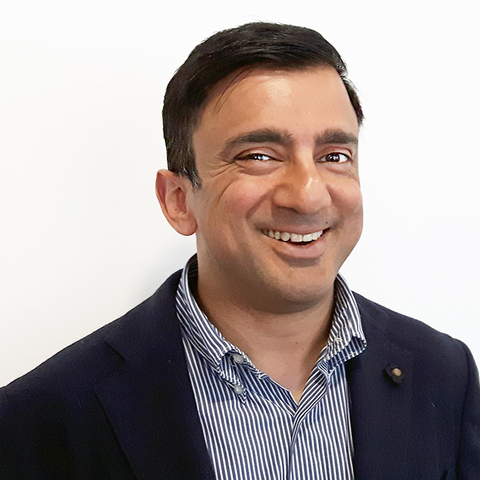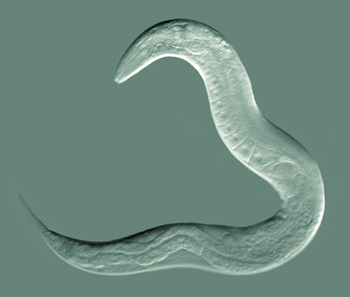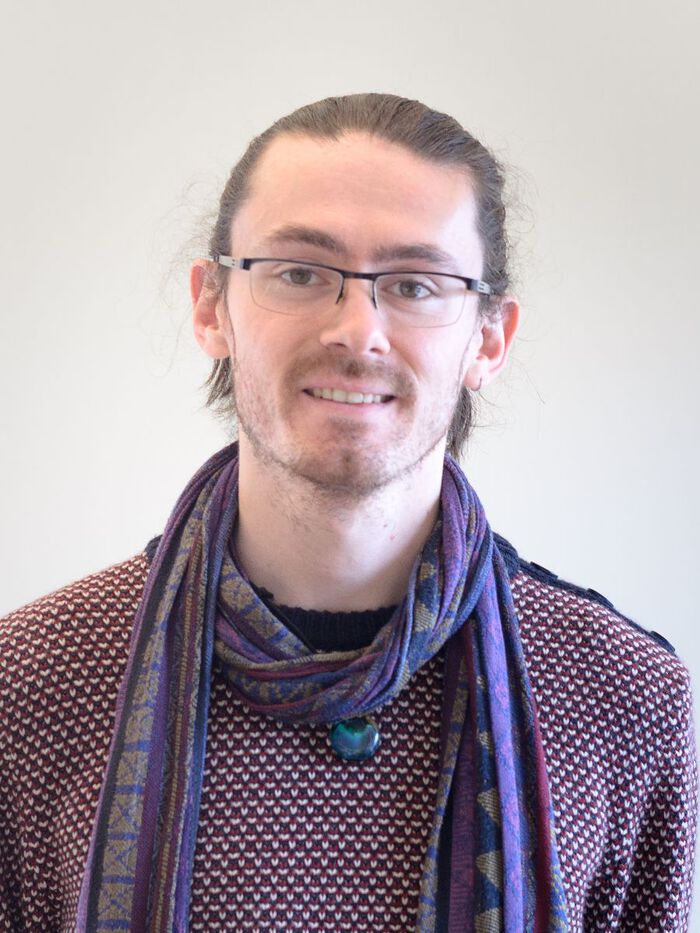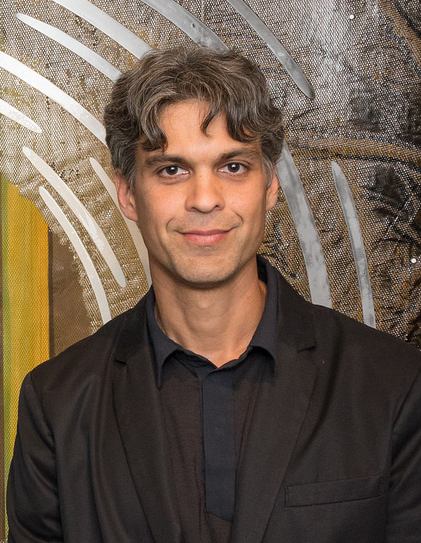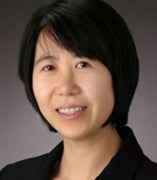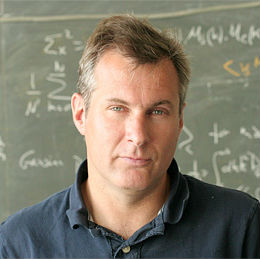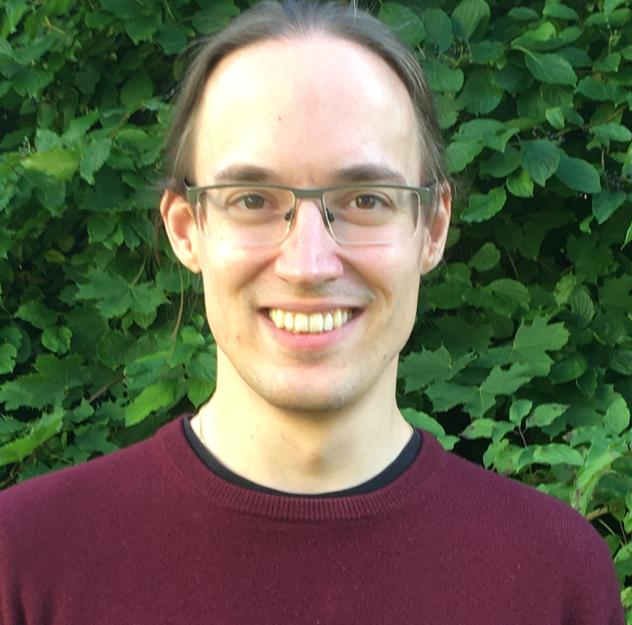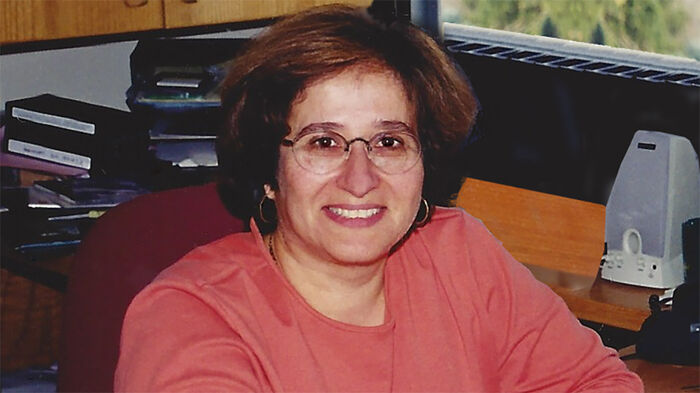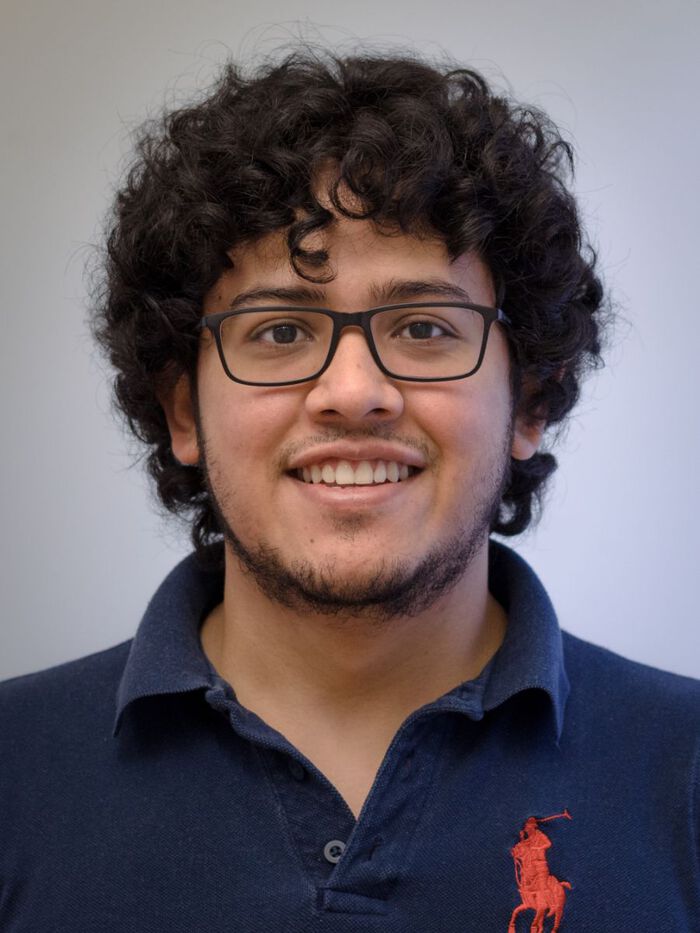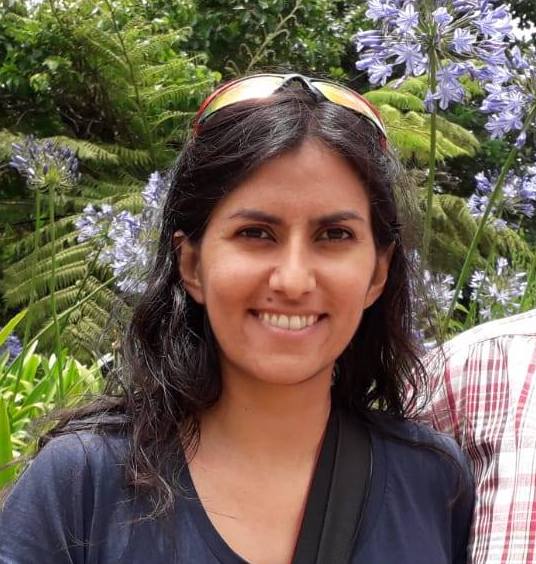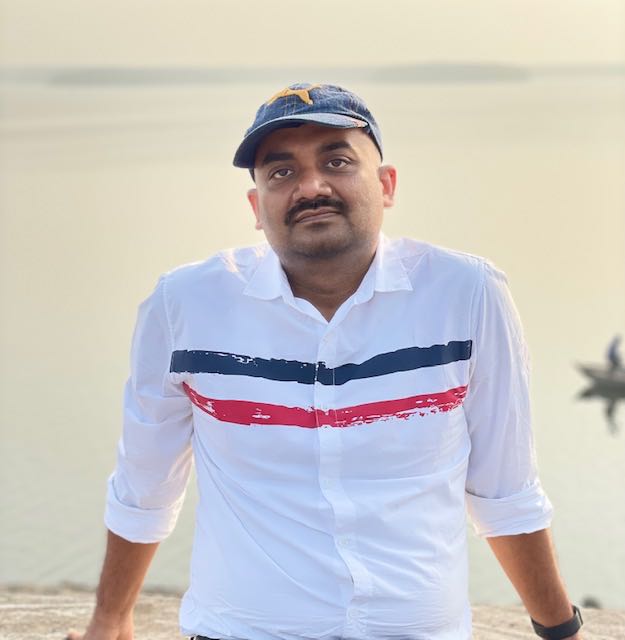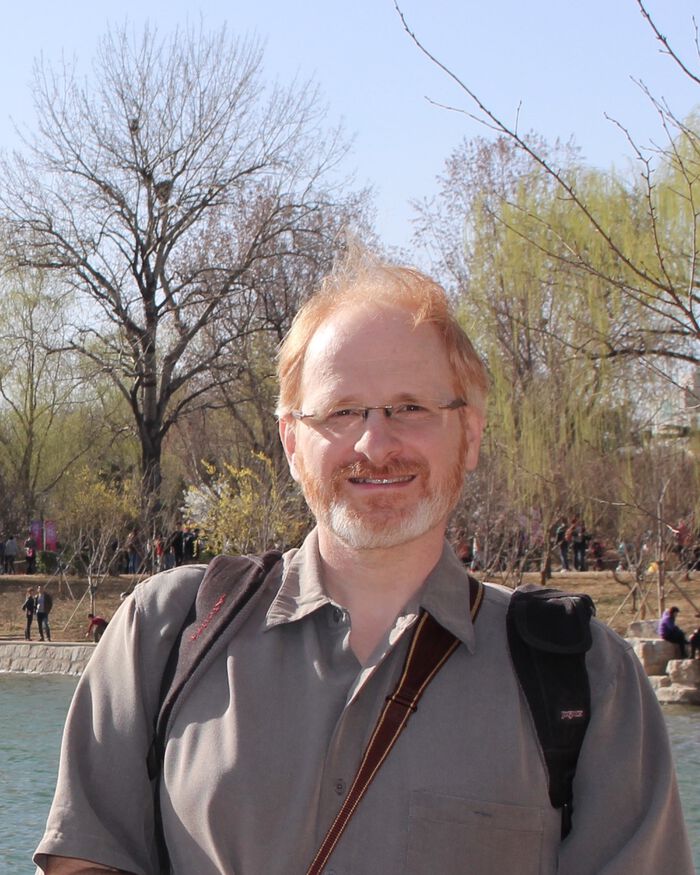Tidligere gjesteforelesninger og seminarer - Side 14
We combine a systematic approach for deriving general a posteriori
error estimates for convex minimization problems using convex duality relations with a recently derived generalized Marini formula. The resulting a posteriori error estimates are essentially constant-free and apply to a large class of variational problems including the p-Dirichlet problem, as well as degenerate minimization, obstacle and image de-noising problems.
For the p-Dirichlet problem, the a posteriori error bounds are equivalent to the classical residual type a posteriori error bounds and, hence, reliable and efficient.
By Kristian Ebbesen Hanghøj from the University of Copenhagen, Denmark
Saghir Bashir, ilustat & Centre of Statistics and its Applications (CEAUL), Faculty of Sciences, University of Lisbon.
Abstract (PDF)
Welcome to the first seminar of the semester, where there will be a light lunch and talks Dr. Pooja Kumari (Ciosk group) and Alexandre Gidon (Progida group).
José Carlos Nieto Borge is a marine physicist and associate professor at the Universidad de Alcalá de Henares, Spain.
Daniel Herman, PhD student at Institute of Theoretical Astrophysics, University of Oslo.
Enrico Ramirez-Ruiz, Astronomy & Astrophysics Department, University of California, Santa Cruz
We consider the linearized elasticity equations, discretized using multi-patch Isogeometric Analysis. To solve the resulting linear system, we choose the Dual-Primal Isogeometric Tearing and Interconnecting (IETI-DP) Method with a scaled Dirichlet preconditioner. We are interested in a convergence analysis. See more details below.
We will present the results of numerical experiments that demonstrate our theoretical findings.
Romain Teyssier, Department of Astrophysical Sciences, Princeton University (USA).
By Carl André, University of Gothenburg, Sweden
Rüdiger Pakmor, Max Planck Institute for Astrophysics, Germany.
Professor Elaine Cohen (University of Utah) kreeres til æresdoktor ved UiO. I den forbindelse vil hun holde en forelesning: Mathematics and Geometric Modeling: Similar Ingredients, Distinct Goals.
Juan Camilo Guevara Gomez, PhD student of Rosseland Centre for Solar Physics (RoCS), Institute of Theoretical Astrophysics, UiO.
I will discuss the question in the title. This is joint work with Alex Degtyarev and Ilia Itenberg. This will be a talk involving very classical topics in algebraic geometry. I will try to make the talk accessible to students at master- and PhD level.
QOMBINE seminar by Daniel Stilck Franca (ENS Lyon)
C*-algebra seminar talk by Pinhas Grossman (University of New South Wales)
By Leif Egil Loe, NMBU, Ås
Sarah White, South African Radio Astronomy Observatory (SARAO), Rhodes University, Cape Town.
Dr. Ritam Mallick, Associate Professor from IISER Bhopal, India.
The simulation of multi-phase fluids has attained growing interest in the last decades. While for single-phase flow with the Navier-Stokes system the basic model is well understood, for multi-phase systems additional challenges by the necessity to track the transition zones or interfaces between different fluid components arise.
We propose to use a phase field as a smooth indicator function to describe this situation. Using phase-field models, one introduces a small layer of mixed fluids as a so-called diffuse interface. One benefit of phase-field models is, that they can naturally deal with topology changes and can easily be extended to cope with contact line dynamics.
This model allows for discussing the optimal control problem for two-phase flow. We introduce a thermodynamically consistent phase-field model for two-phase flow including a model for contact line dynamics and introduce an energy stable numerical scheme.
This scheme allows us to investigate the time-discrete (open loop) optimal control problem, where we investigate different control actions to steer a given distribution of phases towards the desired distribution. We derive the existence of solutions to the optimal control problem and provide first-order optimality conditions.
Hybrid format via Zoom possible on demand (contact timokoch at uio.no)
Hardi Peter, Associate Professor at the Max-Planck-Institute for Solar Physics, University of Göttingen.
By Jeremy Swann from the Max Planck Institute of Immunobiology and Epigenetics, Freiburg, Germany. Open for all.
C*-algebra seminar by Marcelo Laca (University of Victoria)
